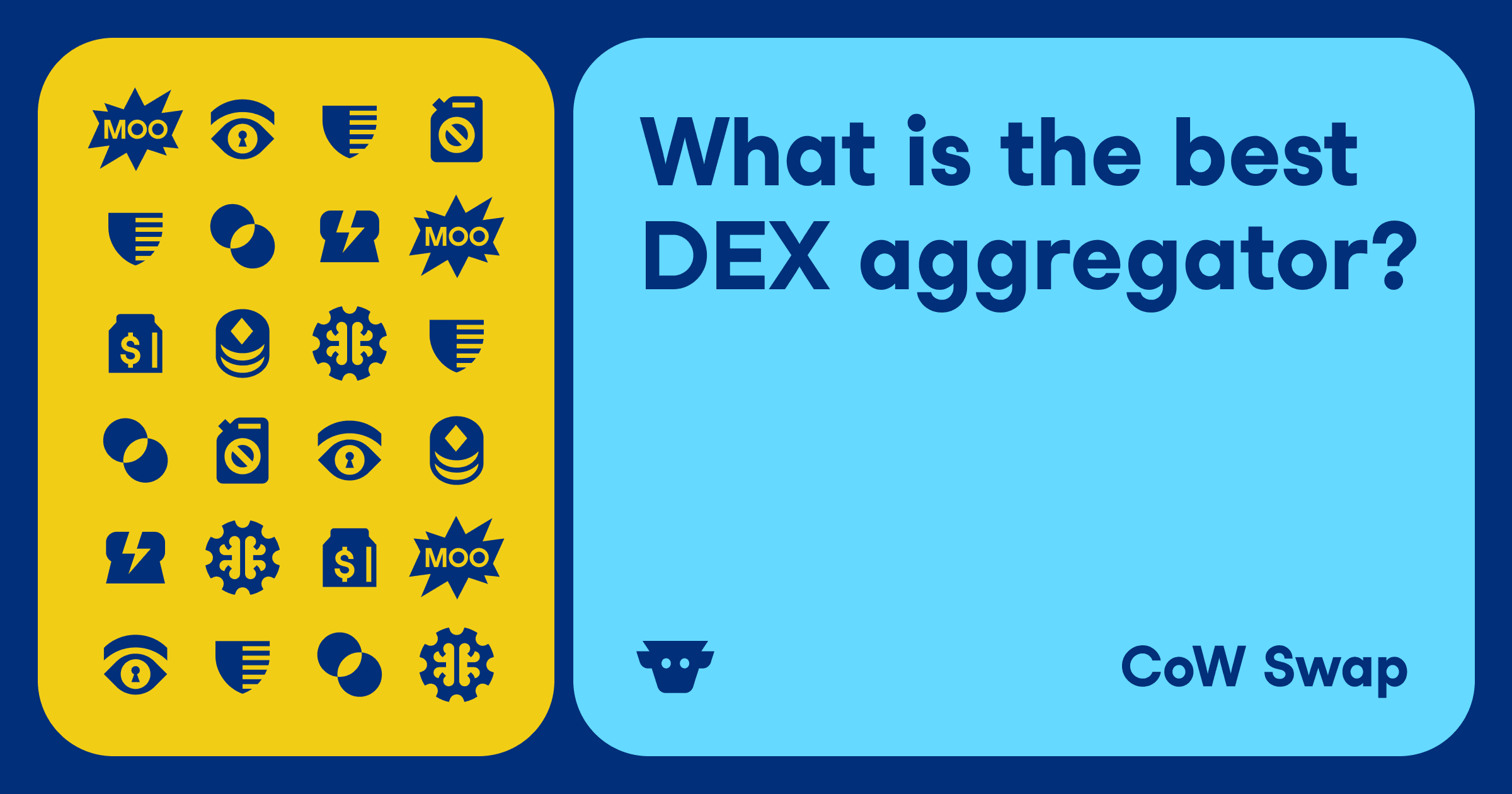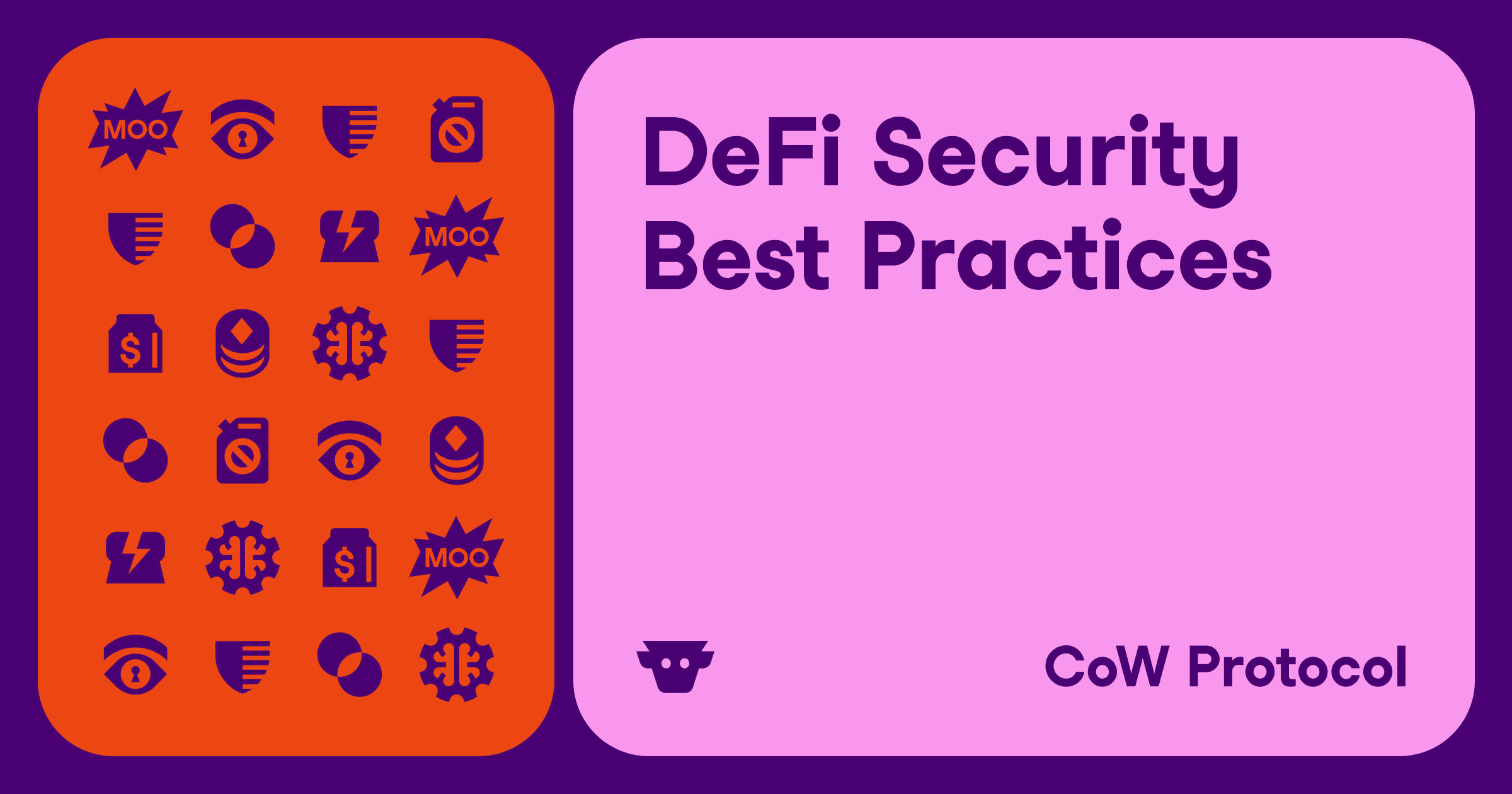What does an MEV Blocker do?
An MEV blocker is a piece of blockchain infrastructure that protects orders from price exploitation resulting from MEV (Maximal extractable value).
Under the hood, it’s RPC endpoints that function as MEV Blockers by routing transactions through specialized mempools which protect them from MEV and even send rebates back to traders when their trades leave money on the table.
There’s a lot of moving parts when it comes to MEV blockers, so let’s break the topic down one step at a time.
What is MEV?
An MEV blocker is a piece of software that protects user transactions from suffering MEV exploitation… but what is MEV?
MEV (Maximal extractable value) is a hidden tax on all types of Ethereum transactions. Any time you make a large trade, mint a valuable NFT, or even provide liquidity to a liquidity pool, you are at risk of experiencing price exploitation through MEV. To date, MEV has caused over $1 billion in trading losses and continues to increase by the millions each day.

MEV is carried out by traders known as “searchers” who monitor pending Ethereum transactions and bribe block builders to order the transactions in a specific order, extracting profit in the process.
Find out more about the specifics of how MEV attacks work in our “Understanding MEV” series.
How do MEV Blockers Work?
Since MEV relies on reordering transactions from the order in which they were submitted to a new, more profitable order, it’s possible to cut the process short by sending transactions to a specialized network of searchers bound by unique rules that ensure favorable execution for users.
These searchers cannot frontrun or sandwich transactions. Rather, they capture value by backrunning large orders and sending a large portion of the backrunning profits back to the users as a rebate. So, as a user, you’re not only protecting yourself from harmful price exploitation in the form of frontrunning and sandwich attacks, you also have someone looking out for you any time you leave money on the table.
What is an RPC endpoint?
We mentioned earlier that under the hood, MEV blockers run through RPC endpoints. An RPC endpoint is a communication layer between the blockchain and a user’s wallet. RPC endpoints relay messages from the wallet that RPC nodes use to add orders to the blockchain.
RPC endpoints are the perfect place for MEV protection because they are an intermediary layer between the wallet and the blockchain, safely re-routing transactions towards the specialized network of searchers we mentioned earlier, rather than letting them end up in the public mempool where malicious searchers lie in wait.
Order Flow Auctions for MEV Blockers

MEV Blocker RPCs rely on an emerging blockchain mechanism known as order flow auctions. Order flow auctions are bidding mechanisms used at various levels of the Ethereum stack which pit multiple execution parties against each other to find the one that can provide users with the best value for their transaction.
Currently, block building incentivizes MEV extraction by awarding the privileges of creating the next block to the builder who can extract the most value from the trades. Order flow auctions invert this dynamic — incentivizing auction participants (in the case of MEV blockers, this is the specialized network of searchers) to instead find as large of a rebate as possible for the user submitting the transaction. The searcher who bids the most to backrun a trade wins the auction, capturing some small value of the proceeds for themselves and sending the rest back to the user as a rebate.
Should you use an MEV Blocker?
While many people have yet to learn about MEV blockers, they’re quickly being adopted by some of the most savvy traders to protect their trades, NFT swaps, LP positions, and more. MEV is an increasingly significant problem for traders of all sizes and MEV blockers are designed to outsmart the searchers with the latest innovations in market mechanics.
You may have heard that MEV is only a problem for large trades, but as searchers get more and more sophisticated, this is becoming less true. Searchers can also extract value from small trades, especially in volatile markets, and beginner traders are especially susceptible to price exploitation as they may not yet know how to protect themselves.
MEV blockers provide robust protection without many downsides. As a user, you install the MEV blocker through your wallet and forget about it, meanwhile it’s quietly protecting you from price exploitation and even forwarding rebates from any money your trades leave on the table.
MEVBlocker.io — CoW DAO’s Approach to MEV Blocking

CoW DAO became a first mover in the MEV blocker space when it introduced MEV Blocker (yes, we coined the term) in April of 2023.
MEV Blocker (capital “B”) is an RPC endpoint developed by CoW DAO in collaboration with Beaver Build and Agnostic Relay that’s built to protect Ethereum transactions from frontrunning and sandwich attacks. MEV Blocker sends transactions to a mempool of searchers who bid for the opportunity to backrun the trades, sharing any profits 90/10 with users (90% to users, 10% to searchers.)
To join over 600,000 Ethereum users receiving more than 1,000 ETH in rebates, add MEV Blocker to your wallet by following the instructions here.


